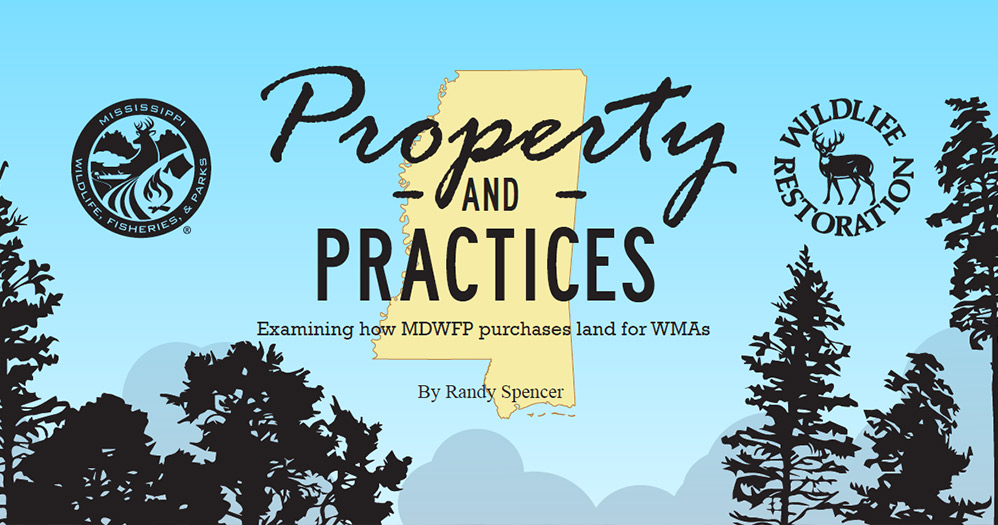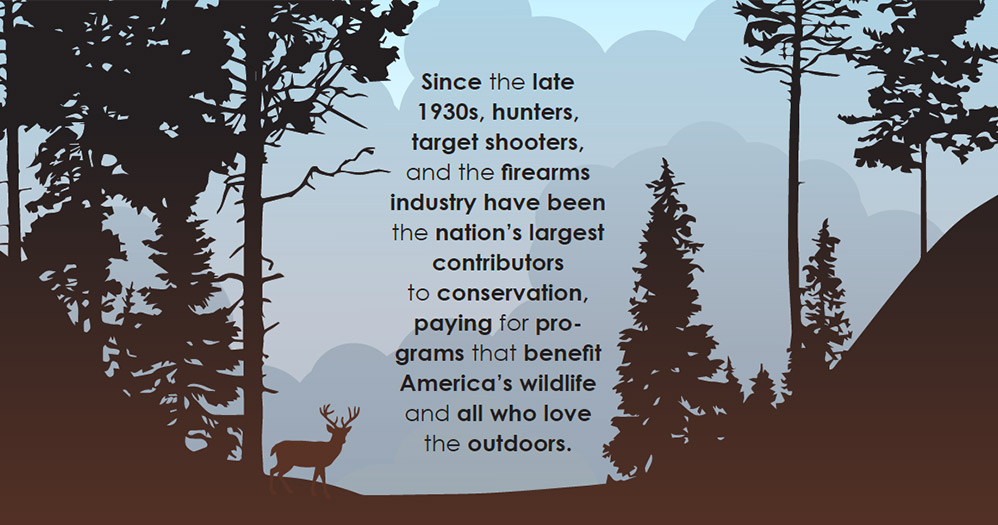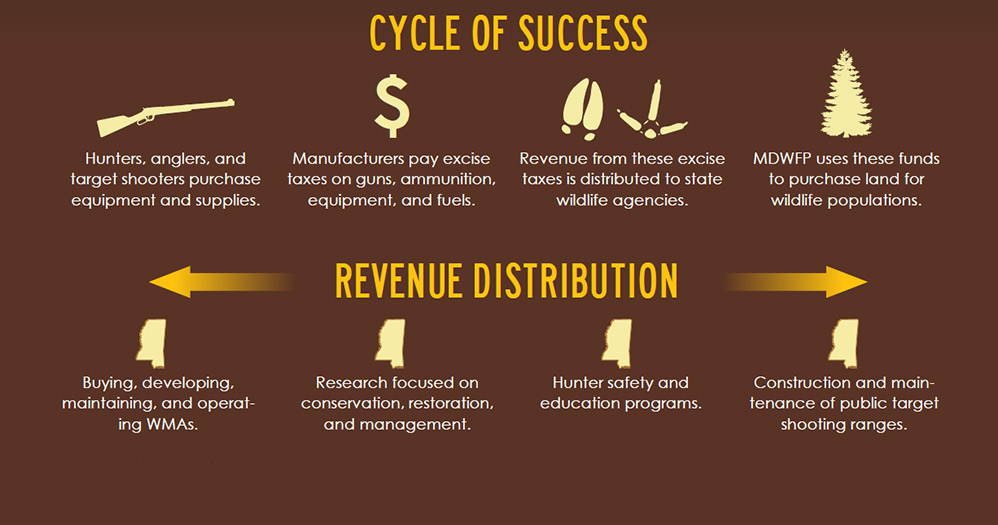Property and Practices: Examining How MDWFP Purchases Land for WMAs
9/4/2018 4:16:52 PM
By Randy Spencer

Providing suitable wildlife habitat helps accomplish the Mississippi Department of Wildlife, Fisheries, and Parks’ (MDWFP) mission of conserving, managing, developing, and protecting our natural resources and wildlife for the benefit of this and succeeding generations. To provide suitable habitat, MDWFP must have a land base upon which it can implement management practices.
The best-case scenario is to own the land and include it in the Wildlife Management Area (WMA) system so that management strategies to provide the desired habitat for a particular wildlife species can be implemented.
MDWFP, in partnership with The Nature Conservancy (TNC) and U.S. Fish and Wildlife Service through Federal Aid in Wildlife Restoration, recently acquired 17,816 acres currently named Steele Bayou WMA, in Issaquena and Warren counties from Anderson-Tully Company. Steele Bayou WMA and the adjacent Mahannah WMA have a combined acreage of 30,511. These MDWFP-managed lands are only second in size behind the 37,415-acre Pascagoula River WMA.
The need for lands with suitable habitat is obvious. However, how does a wildlife resource agency in a state with abundant natural resources, but limited financial ones, go about acquiring lands to manage wildlife populations for the benefit of sportsmen and the public? What processes and funding sources are available to enable MDWFP to acquire lands for quality habitat?
Let us begin with the process of selecting land to consider. MDWFP has developed criteria for prioritizing potential lands for acquisition. Location, size, relation to other areas, limiting factors, and cost are a few of those considerations. Opportunity, the availability relative to timing and funding constraints, can be the ultimate consideration.

The conservation programs of MDWFP’s Wildlife, Fisheries, and Law Enforcement bureaus are supported almost exclusively by special funds, not by appropriated state general funds from tax dollars. The foundational source of special funding is license revenue from the sale of hunting and fishing licenses and associated fees and permits. License revenue provides financial support for management, including land acquisitions, directly. These funds also are used as an advantage to match additional federal funds.
Mississippi also has a Wildlife Heritage Fund, from which monies can be expended by Legislative appropriation as provided by law. MDWFP is authorized to use funds from this account to acquire lands for hunting or fishing, outdoor recreation, or for the preservation of any wildlife or fish species. As with license revenue, Wildlife Heritage funds also can be used to match available federal funds.
However, the most significant funding source for land acquisitions is that authorized by the Federal Aid in Wildlife Restoration (Pittman-Robertson) Act of 1937. To qualify, Mississippi was required to enact legislation to assure that no license revenue can be diverted to any use other than the management of fish-and-wild-life-related resources by the state fish and wildlife agency. In addition to other eligible activities, MDWFP can use these funds to acquire real property for wildlife habitat or public access for hunting or other wildlife-oriented recreation. One benefit of acquiring is that the lands are protected in perpetuity and must remain under the control of the state agency and be used for the original purposes of providing habitat and public access. For example, the first agency land acquisitions through Wildlife Restoration funding were Copiah County WMA and Marion County WMA. Both were purchased in 1949 and are still providing wildlife habitat and public recreational use 69 years later. To date, more than 43,000 acres of the total 112,000-plus acres on state-owned WMAs were acquired this way.
Another benefit of the Wildlife Restoration program, in addition to the overall financial support for state agency management efforts, is the source of the funding. Manufacturers of firearms, ammunition, and archery equipment pay excise taxes on these products that are purchased by hunters and recreational shooters. Tax collections go into a trust fund administered by the U.S. Fish and Wildlife Service to make grant funds available to state resource agencies. State agencies fund projects for habitat and wildlife species restoration, research, management, hunter education, land acquisition, and access to resources.
These projects provide more opportunities for hunters and recreational shooters, so they buy more products from manufacturers. This cycle of success often has been referred to as a user pay-user benefit model because the users of the resources are the ones who pay to support them through license revenues and excise taxes. Nevertheless, the system is now a user pay-public benefit model. Recreational users of wildlife resources who are not paying the bills for conservation (such as birders and other wildlife watchers, hikers, campers, and the general public) receive benefits from the hunters who do. The same model exists through the Sport Fish Restoration program for fishing and fish-related resources.
The acquisition of lands for MDWFP’s WMA system contributes to this successful cycle. The access to habitat and wildlife populations encourages more hunters to participate. In turn, they buy more hunting licenses and pay more excise taxes on firearms and ammunition. More money goes back into the state and federal funding sources that support, among other things, additional land acquisitions. The expense of buying land for wildlife management purposes is an investment in habitat that ensures healthy wildlife populations and recreational access for Mississippians.

Randy Spencer is a wildlife biologist and the grants coordinator for MDWFP.









